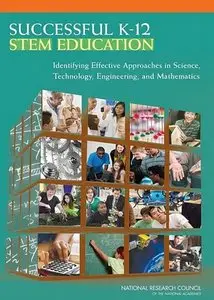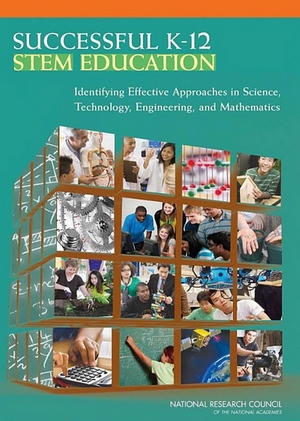Successful K-12 STEM Education: Identifying Effective Approaches in Science, Technology, Engineering, and Mathematics
English | 2011 | ISBN: 0309212960 | 45 pages | PDF | 3 MB
English | 2011 | ISBN: 0309212960 | 45 pages | PDF | 3 MB
This is an overview of the landscape of K-12 STEM education by considering different school models, highlighting research on effective STEM education practices, and identifying some conditions that promote and limit school- and student-level success in STEM.
It can serve as a guide for those involved in K-12 education at all levels: policy makers; decision makers at the school and district levels; local, state, and federal government agencies; curriculum developers; educators; and parent and education advocacy groups.
Science, mathematics, engineering, and technology (STEM) are fundamental aspects of everyone's lives as citizens, consumers, parents, and workers. Providing all students with access to high-quality education in STEM is important to their futures and that of the U.S. What can schools do to meet this goal for their students?
Contents
Introduction
The Need to Improve STEM Learning
Goals for U.S. STEM Education
Three Types of Criteria to Identify Successful STEM Schools
Summary of Criteria to Identify Successful K-12 STEM Schools
What Schools and Districts Can Do to Support Effective K-12 STEM Education
What State and National Policy Makers Can Do to Support Effective K-12 STEM Education
Appendix: Background Papers Prepared for May 2011 Workshop
Notes
Acknowledgments
Photo Credits



